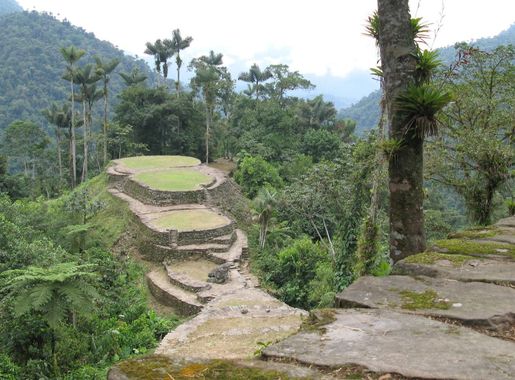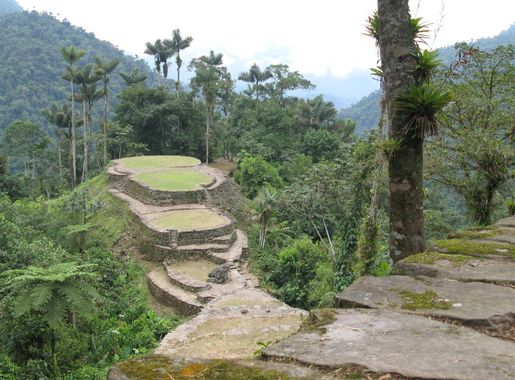
Discovering the Enigmatic Ciudad Perdida
Embark on an unforgettable trek to the ancient Ciudad Perdida, an archaeological marvel hidden in Colombia's Sierra Nevada, rich in history and natural beauty.
Deep in the dense jungles of Colombia's Sierra Nevada lies Ciudad Perdida, also known as the Lost City. This ancient archaeological site, believed to be founded around 800 CE, predates Machu Picchu by several centuries. The Lost City was once a bustling hub for the indigenous Tayrona people, and today it offers a glimpse into their rich culture and history. The journey to Ciudad Perdida is not for the faint-hearted. It involves a multi-day trek through rugged terrain, crossing rivers and climbing steep paths. However, the breathtaking views and encounters with the local indigenous communities make the effort worthwhile. As you approach the site, the first sight of the stone terraces emerging from the jungle is truly awe-inspiring. Exploring Ciudad Perdida is a step back in time. The site consists of over 170 terraces carved into the mountainside, connected by a network of stone paths and staircases. Each terrace once supported homes and ceremonial structures, and the site is shrouded in mystery and legends. Guides, often from indigenous communities, provide deep insights into the history and significance of the Lost City, enhancing the experience of this extraordinary destination.
Local tips in Ciudad Perdida
- Ensure you are in good physical condition; the trek to Ciudad Perdida is demanding and requires stamina.
- Hire a local guide; they are knowledgeable about the history and provide safe navigation through the challenging terrain.
- Pack light but bring essentials like insect repellent, sunscreen, and a sturdy pair of hiking boots.
- Visit during the dry season (December to March) to avoid heavy rains and ensure safer trekking conditions.
- Respect the local indigenous communities and their customs; this is their ancestral land.
Discovering the Enigmatic Ciudad Perdida
Deep in the dense jungles of Colombia's Sierra Nevada lies Ciudad Perdida, also known as the Lost City. This ancient archaeological site, believed to be founded around 800 CE, predates Machu Picchu by several centuries. The Lost City was once a bustling hub for the indigenous Tayrona people, and today it offers a glimpse into their rich culture and history. The journey to Ciudad Perdida is not for the faint-hearted. It involves a multi-day trek through rugged terrain, crossing rivers and climbing steep paths. However, the breathtaking views and encounters with the local indigenous communities make the effort worthwhile. As you approach the site, the first sight of the stone terraces emerging from the jungle is truly awe-inspiring. Exploring Ciudad Perdida is a step back in time. The site consists of over 170 terraces carved into the mountainside, connected by a network of stone paths and staircases. Each terrace once supported homes and ceremonial structures, and the site is shrouded in mystery and legends. Guides, often from indigenous communities, provide deep insights into the history and significance of the Lost City, enhancing the experience of this extraordinary destination.
When is the best time to go to Ciudad Perdida?
Iconic landmarks you can’t miss
Quinta de San Pedro Alejandrino
Explore the enchanting Quinta de San Pedro Alejandrino, a historical and botanical haven in Santa Marta, rich with art and Colombian heritage.
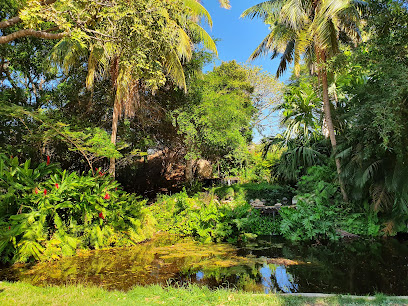
Museo del Oro Tairona - Casa de la Aduana
Explore the ancient treasures of the Tairona civilization at Museo del Oro Tairona, a captivating museum in Santa Marta showcasing extraordinary gold artifacts.
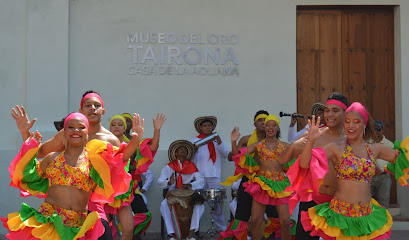
Pozo Azul
Experience the stunning natural beauty of Pozo Azul, a hidden gem in Santa Marta, where crystal-clear waters and lush landscapes await your exploration.
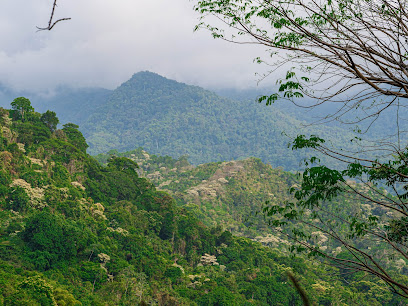
Expotur - Operador autorizado a Ciudad Perdida
Discover the Lost City with Expotur, the authorized operator for unforgettable treks through Colombia's stunning jungles and rich history.

Cascada Perdida
Experience the breathtaking beauty of Cascada Perdida, a hidden waterfall gem in Cienaga-Minca, Santa Marta, where nature's tranquility awaits.
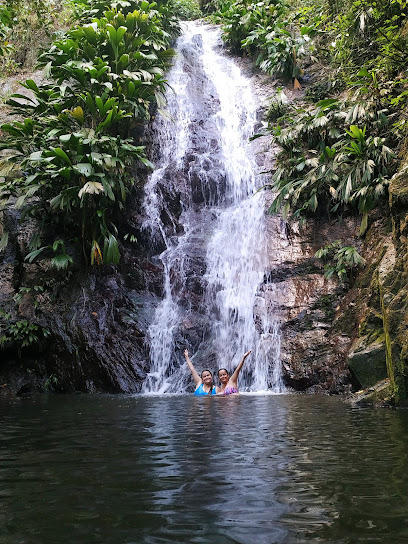
Ciudad Perdida Teyuna - Lost City Trek
Explore the breathtaking Ciudad Perdida, an ancient archaeological site in Colombia's Sierra Nevada, and experience a once-in-a-lifetime adventure.
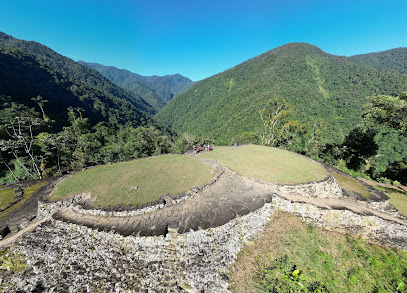
Tour guides and scouts, the Tour Operator to Lost City
Embark on a remarkable journey to the Lost City with Baquianos Tour Guides for an unforgettable adventure in the heart of the Colombian jungle.
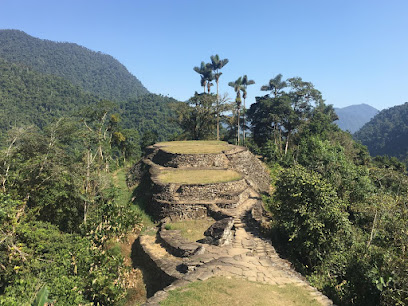
Entrada Ciudad Perdida
Explore the breathtaking entrance to the Lost City of Colombia, where nature meets ancient history in the heart of the Sierra Nevada.
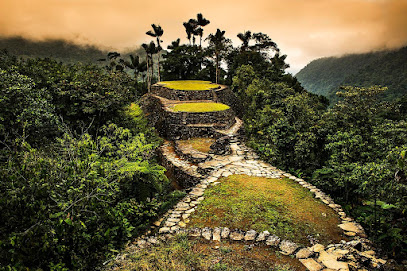
Ciudad Perdida Magdalena
Explore the breathtaking Ciudad Perdida, an ancient lost city hidden in the lush mountains of Colombia, a true adventure for nature and history lovers.
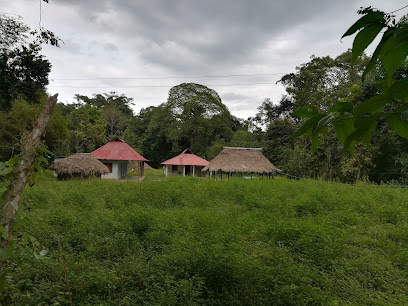
Tour Ciudad Perdida
Discover the Lost City of Ciudad Perdida, an archaeological marvel in Colombia's Sierra Nevada offering breathtaking landscapes and rich cultural history.
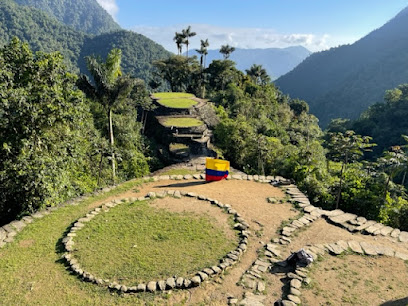
Lost City Trek Colombia
Discover the majestic Lost City Trek in Colombia - a breathtaking journey through ancient ruins and lush jungles that beckons adventurous travelers.
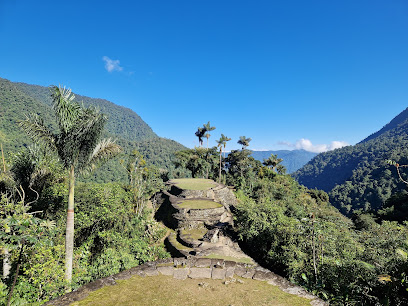
Unmissable attractions to see
Playa Bello Horizonte
Experience the stunning beauty and vibrant culture of Playa Bello Horizonte, Santa Marta's premier beach destination for relaxation and adventure.

Cerro Ziruma
Experience the breathtaking views and serene atmosphere of Cerro Ziruma, a must-visit natural wonder in Santa Marta, Colombia.
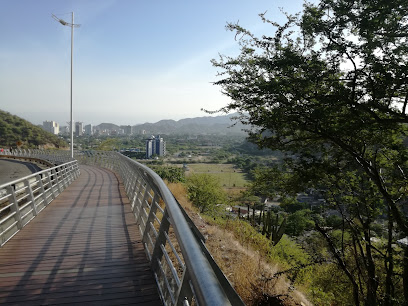
Playa Salguero
Explore the pristine shores of Playa Salguero, a vibrant beach destination in Santa Marta, Colombia, perfect for relaxation and adventure.
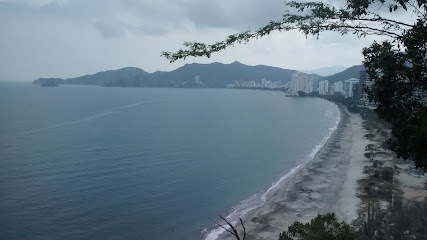
Parque San Miguel
Experience the beauty and cultural richness of Parque San Miguel, a serene park in Santa Marta perfect for relaxation and local exploration.
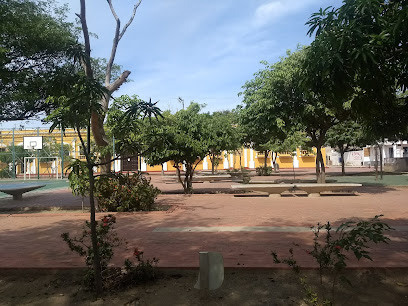
El Mono ROjo
Discover the lively El Mono Rojo in Santa Marta, a disco club and bar where vibrant music and unforgettable nightlife come together.
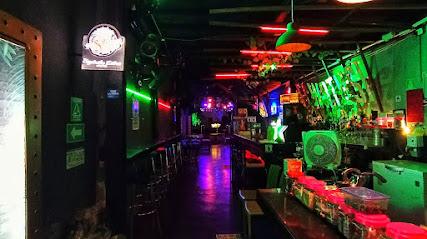
Bolivariano Museum of Contemporary Art
Immerse yourself in the rich tapestry of Colombian art and history at the Bolivariano Museum of Contemporary Art in Santa Marta.
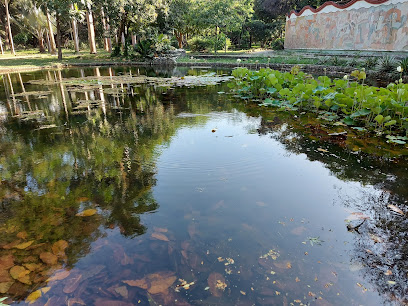
Neguanje
Experience the breathtaking beauty of Tayrona National Natural Park, where lush jungles meet pristine beaches and cultural heritage awaits.
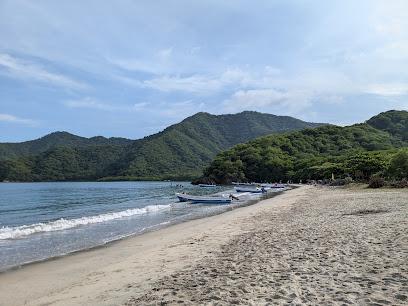
Cascada Perdida
Discover the enchanting beauty of Cascada Perdida, a breathtaking waterfall nestled in the serene landscapes of Cienaga-Minca, Santa Marta, Colombia.
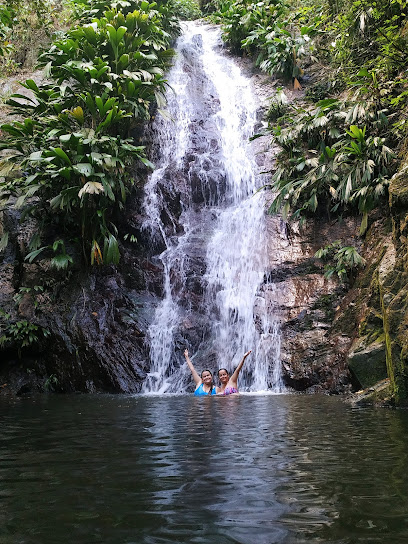
Mirador Sunsets Viewpoint. Minca
Experience breathtaking sunsets at Mirador Sunsets Viewpoint in Minca, a must-see destination for nature lovers and food enthusiasts alike.
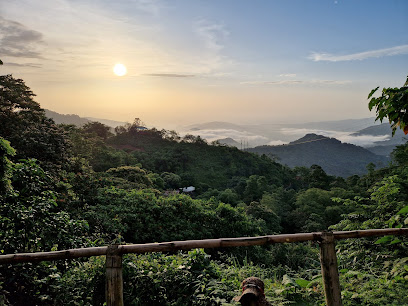
El Dorado Nature Reserve
Discover the breathtaking beauty of El Dorado Nature Reserve, a serene sanctuary in the Andes of Colombia, perfect for nature lovers and adventure seekers.
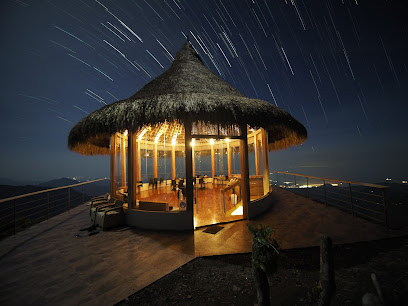
Reserva Natural Amazilia
Experience the tranquility and breathtaking beauty of Reserva Natural Amazilia, a perfect campground for nature lovers in Minca, Colombia.
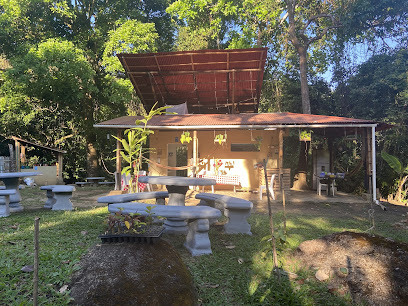
Free Walking Tour
Explore Minca's breathtaking hiking trails and vibrant culture on a free walking tour through Colombia's stunning Sierra Nevada mountains.
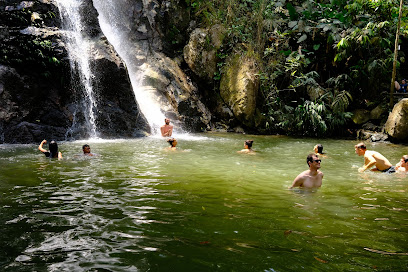
San Fernando’s Fort
Discover the rich history and stunning views at San Fernando's Fort in Santa Marta, a must-visit historical landmark in Colombia.
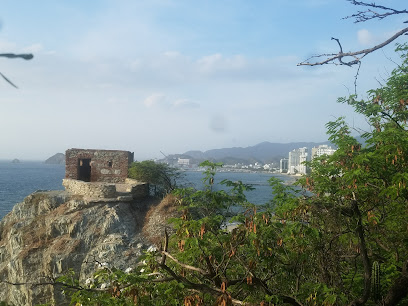
Mirador del Parque Tayrona
Experience the breathtaking views at Mirador del Parque Tayrona, a stunning viewpoint in Colombia's Tayrona National Park, known for its rich biodiversity and scenic beauty.

El Mirador De Santa Marta
Discover El Mirador De Santa Marta: a breathtaking viewpoint offering stunning views of the Caribbean coastline and a taste of Colombia's vibrant culture.
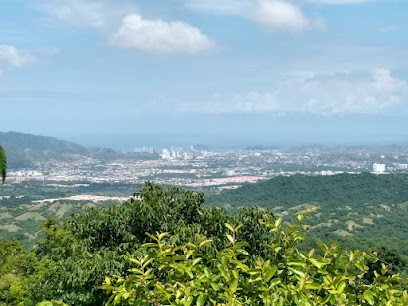
Essential places to dine
Crepes & Waffles Zazué
Experience the best of Colombian cuisine at Crepes & Waffles Zazué, where every bite is a celebration of flavor and freshness.
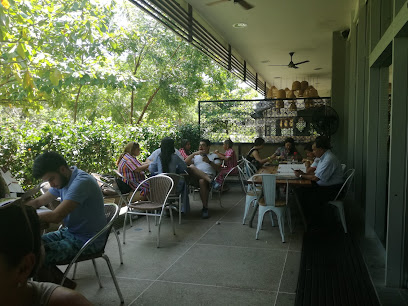
Porthos Steakhouse & Pub
Experience exceptional steaks and vibrant ambiance at Porthos Steakhouse & Pub in Santa Marta – A culinary delight on Colombia's Caribbean coast.
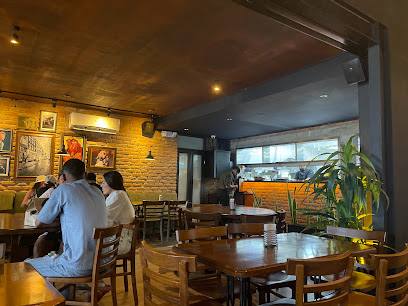
Guasimo
Discover Guasimo: An exquisite restaurant in Santa Marta offering a unique blend of traditional Colombian cuisine with modern flair.
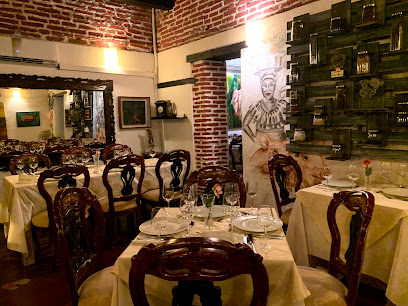
The Lazy Cat
Discover delightful flavors at The Lazy Cat in Minca – where American cuisine meets local charm amidst breathtaking natural beauty.
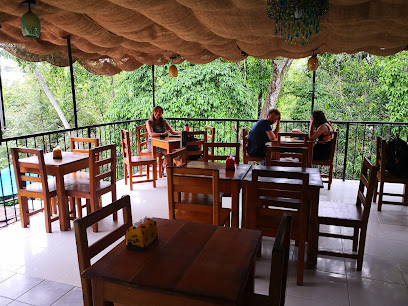
Domino's Pizza Rodadero
Experience the best pizza in Santa Marta at Domino's Pizza Rodadero - where flavor meets convenience.
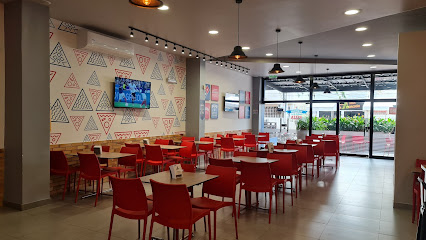
La Muzzería
Experience authentic Colombian flavors at La Muzzería, a top-rated restaurant in Santa Marta's vibrant cultural district.
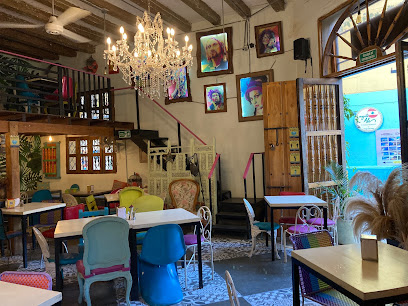
Nader Delicias Árabes
Experience authentic Lebanese cuisine at Nader Delicias Árabes in Santa Marta - where every dish tells a story.
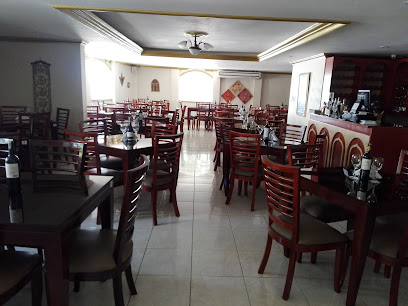
Donde Amalia
Discover delightful Colombian cuisine at Donde Amalia in Pozos Colorados - where every meal is a celebration of flavor and affordability.
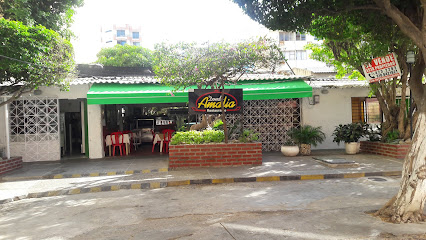
Babaganoush Restaurante-Bar
Discover exquisite Italian cuisine with breathtaking Caribbean views at Babaganoush Restaurante-Bar in Taganga.
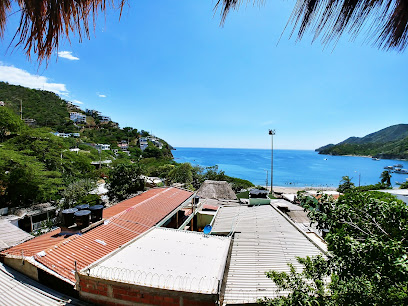
Reserva Natural Ciudad Perdida de Falan
Explore Reserva Natural Ciudad Perdida de Falan - A Nature Preserve Rich in Biodiversity & Scenic Hiking Trails in Tolima, Colombia.
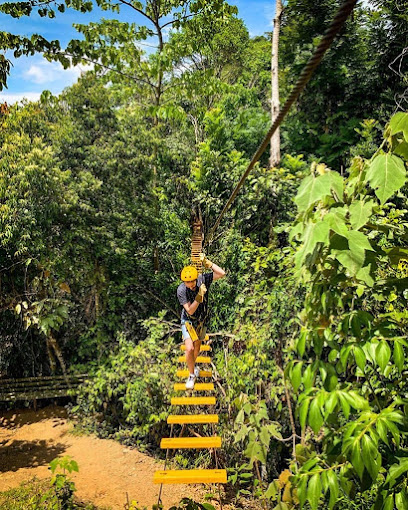
Restaurante Doña Ana
Experience authentic Colombian cuisine surrounded by nature at Restaurante Doña Ana in Minca - A must-visit for food lovers!
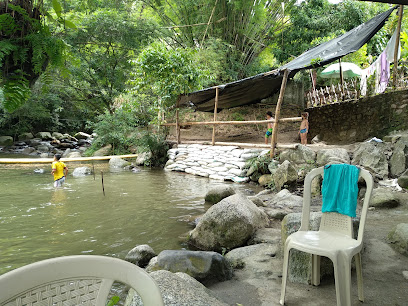
El Corral Zazue
Experience gourmet hamburgers and vibrant dining at El Corral Zazue in Santa Marta – where flavor meets fun!
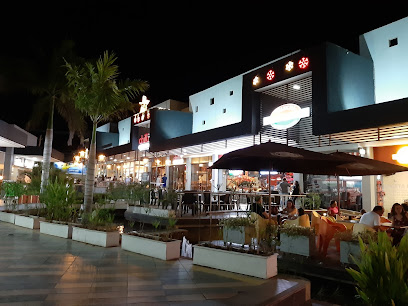
Duni Cafe
Discover Duni Cafe in Minca – where delicious food meets unique shopping amidst stunning natural beauty.
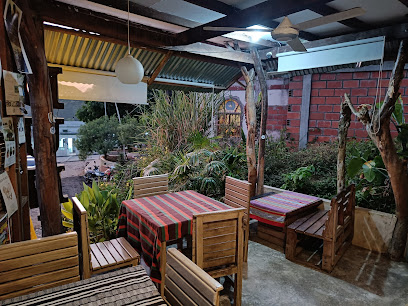
Arabesca
Savor authentic Syrian cuisine amidst the stunning landscapes of Minca at Arabesca - a culinary delight for every traveler.
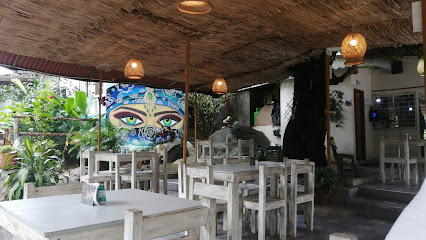
BURURAKE
Experience authentic Colombian flavors amidst stunning views at Bururake in Minca - a must-visit culinary destination.
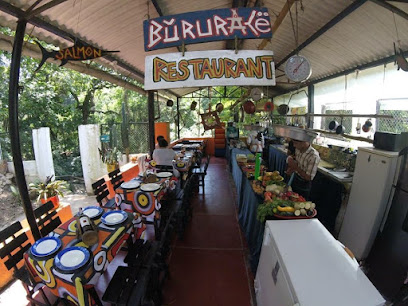
Markets, malls and hidden boutiques
Tienda Ara Concepción
Discover local flavors and essentials at Tienda Ara Concepción, a vibrant shopping hub in Santa Marta, Colombia.
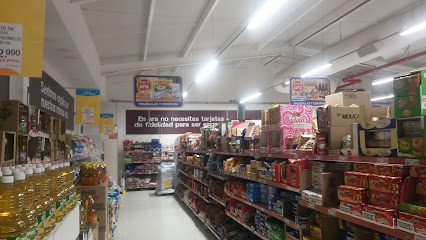
El Yucal
Discover the heart of Santa Marta at El Yucal, where local culture meets vibrant shopping in a colorful atmosphere.

Ciudad Perdida
Explore the ancient ruins of Ciudad Perdida, Colombia's mystical 'Lost City,' nestled in the Sierra Nevada and rich in history and natural beauty.
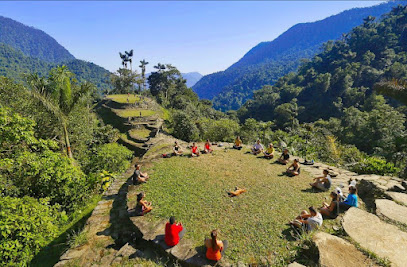
El Campano
Discover the flavors of Santa Marta at El Campano, your go-to grocery store for local produce and authentic Colombian snacks.
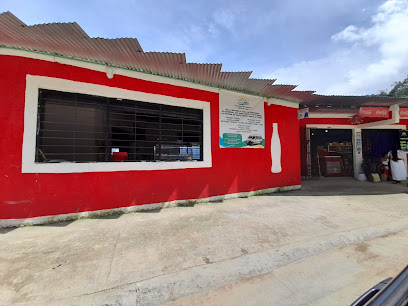
Desayunos Sorpresa Santa Marta
Explore the vibrant world of local craftsmanship at Desayunos Sorpresa Santa Marta, a must-visit gift shop in the heart of Colombia's beautiful Santa Marta.
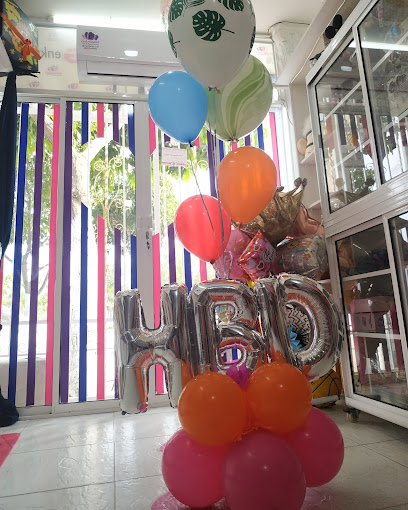
Arturo Calle
Discover the stylish world of Arturo Calle in Santa Marta, where men's, children's, and formal wear meet trendy fashion accessories for all occasions.
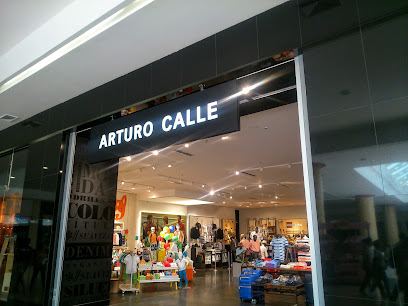
Anchetas, Desayunos y Detalles Sorpresas Santa Marta
Experience the essence of Santa Marta at Anchetas, your go-to destination for delightful gift baskets filled with local treasures.
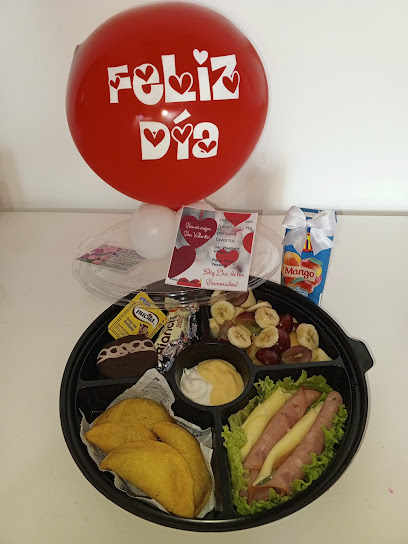
San Pedro de la Sierra Nevada de Santa Marta
Explore the serene beauty of San Pedro de la Sierra, a tranquil retreat where nature meets rich coffee culture in Magdalena, Colombia.
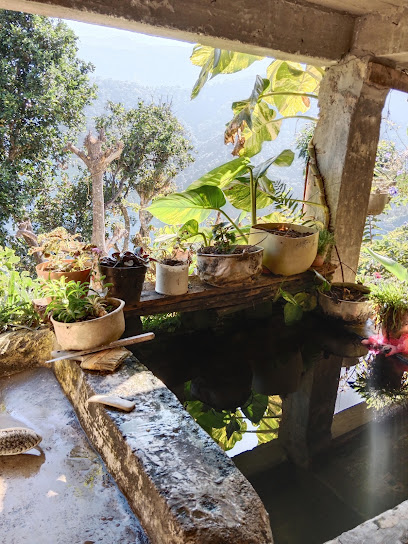
Tienda Hacaritama
Discover unique gifts and local crafts at Tienda Hacaritama, your one-stop shop and internet cafe in beautiful Santa Marta, Colombia.
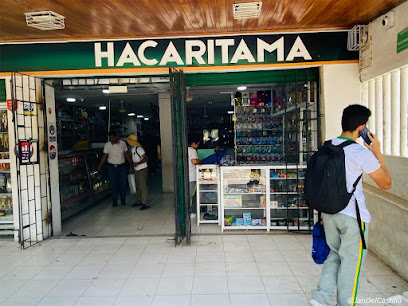
Ciudad Perdida Magdalena
Discover the breathtaking ruins of Ciudad Perdida, an ancient city shrouded in history amidst the stunning landscapes of Colombia's Sierra Nevada mountains.

SEVEN/SEVEN BUENAVISTA SANTA MARTA
Discover the latest fashion trends and unique accessories at Seven/Seven Buenavista Santa Marta, the ultimate shopping destination for stylish tourists.
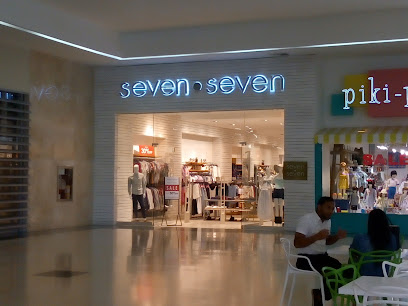
Tiendas Picardias
Explore Tiendas Picardias in Santa Marta for unique gifts and exciting games that celebrate local culture and make perfect memories.
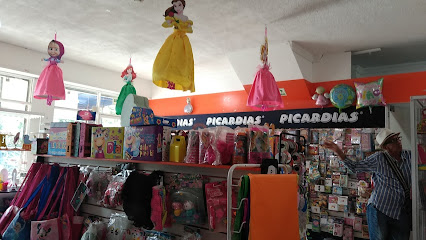
Gef Punto Blanco
Explore fashion-forward clothing for men and women at Gef Punto Blanco, located in Santa Marta's vibrant Centro Comercial Buenavista.
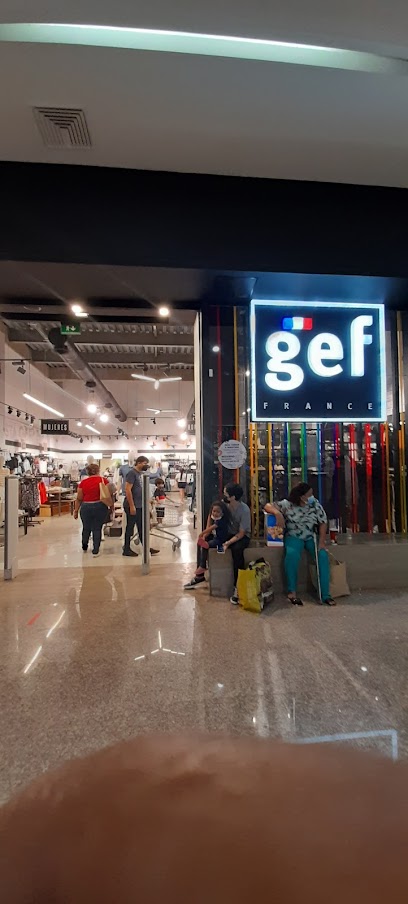
Quiksilver Santa Marta
Discover stylish surf wear and accessories at Quiksilver Santa Marta, your gateway to Colombia's vibrant beach culture.
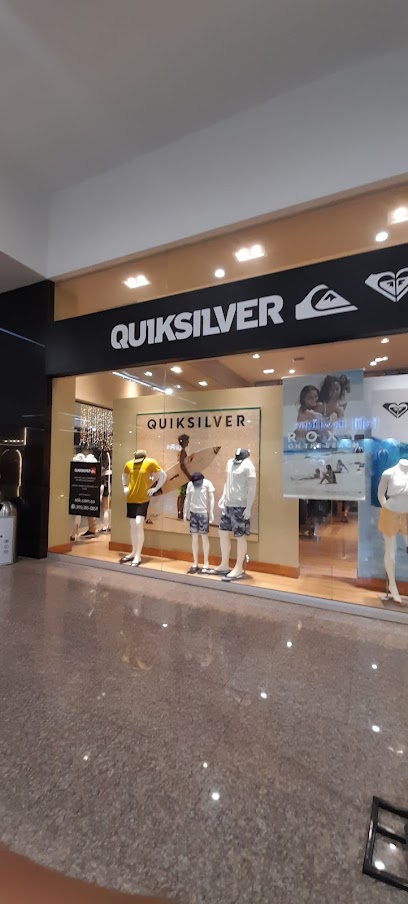
Detalles En Santa Marta - Regalos Personalizados By: Exprésate
Explore Detalles En Santa Marta for personalized gifts that capture the essence of your travel memories in this vibrant Colombian city.

Essential bars & hidden hideouts
La Puerta
Experience the vibrant nightlife of Santa Marta at La Puerta, a local bar offering delicious drinks and a lively atmosphere.
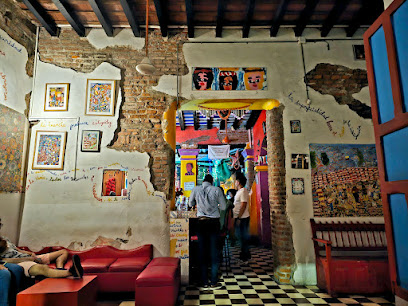
Crab's Bar
Experience the vibrant nightlife of Santa Marta at Crab's Bar, where innovative cocktails and a friendly atmosphere await you.
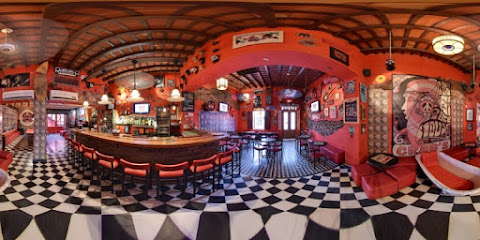
BeerTown
Discover the vibrant flavors of Santa Marta at BeerTown, a grill haven serving delicious food and drinks in a lively atmosphere.
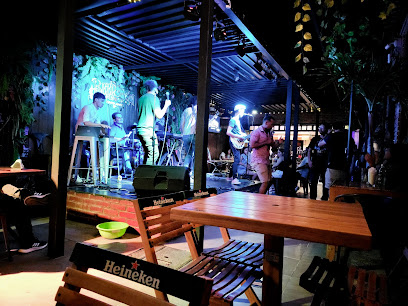
La Azotea Disco Bar Santa Marta
Experience the vibrant nightlife at La Azotea Disco Bar in Santa Marta, where cocktails and beats create unforgettable moments.
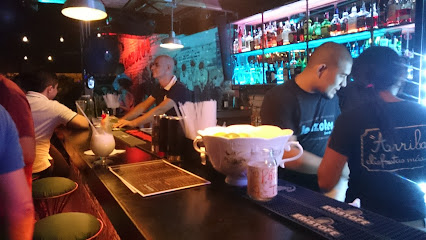
Charlie's Bar
Discover the vibrant nightlife of Santa Marta at Charlie's Bar, where great drinks and friendly faces await you.
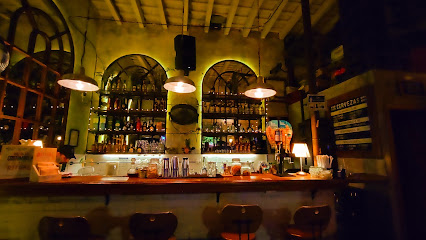
Marley Bar Reggae Rock 80's
Discover the rhythmic essence of Santa Marta at Marley Bar Reggae Rock 80's, where reggae music and vibrant cocktails await.
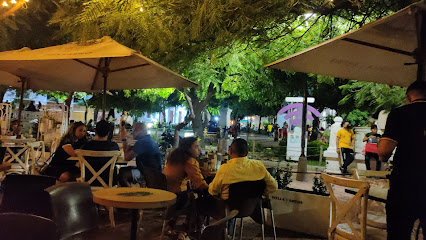
BEAT BEACH
Experience the vibrant nightlife at Beat Beach, Taganga's top live music bar with stunning sunset views and an electric atmosphere.
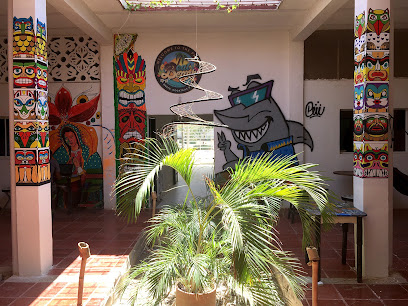
Shotsy By Féstival Shots
Dive into the vibrant nightlife of Santa Marta at Shotsy By Féstival Shots, where every night is a celebration with delicious drinks and lively ambiance.
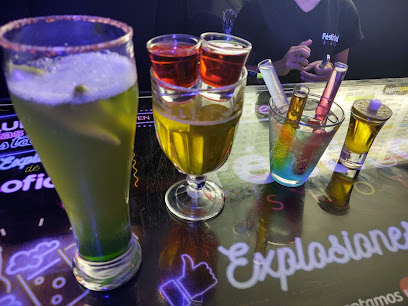
Mood Cocktail
Experience the vibrant nightlife at Mood Cocktail in Santa Marta, where expertly crafted cocktails and a lively ambiance await every visitor.
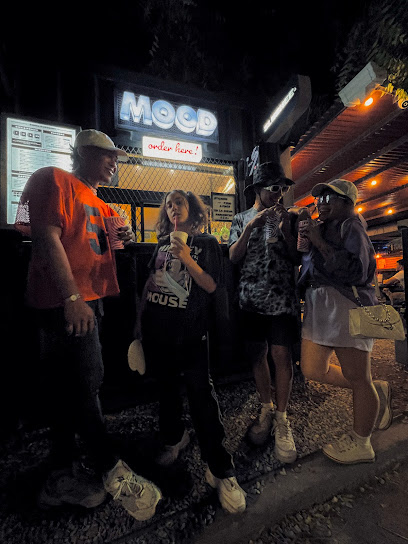
Divijuca Restaurante Bar
Experience the vibrant flavors of Taganga at Divijuca Restaurante Bar, where fresh grilled delicacies meet stunning ocean views.
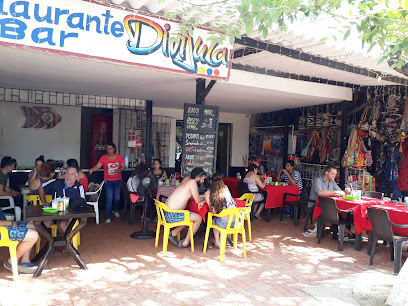
La Luna Rock Bar
Discover La Luna Rock Bar, the ultimate destination for rock music lovers and nightlife enthusiasts in Santa Marta, Colombia.
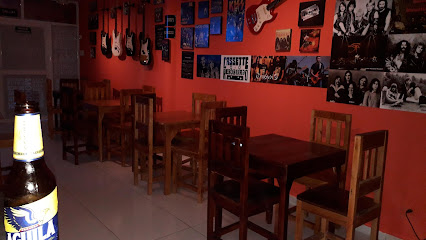
La Samaria Bar Lounge
Discover the lively ambiance and exquisite cocktails at La Samaria Bar Lounge, a gem in Santa Marta's nightlife scene.
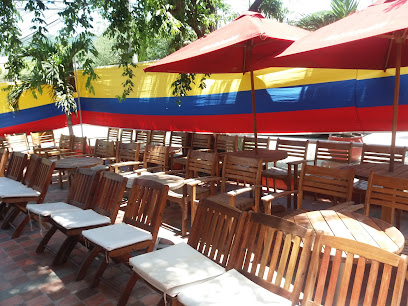
Aurelia Pub ° Hosting
Experience the vibrant nightlife of Santa Marta at Aurelia Pub, where cocktails and salsa come alive in a historic setting.
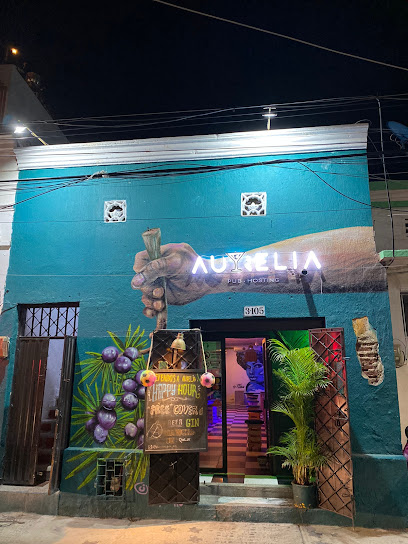
BAR SAN AGATON
Dive into the vibrant nightlife of Santa Marta at Bar San Agaton, where local flavors and lively ambiance create unforgettable evenings.
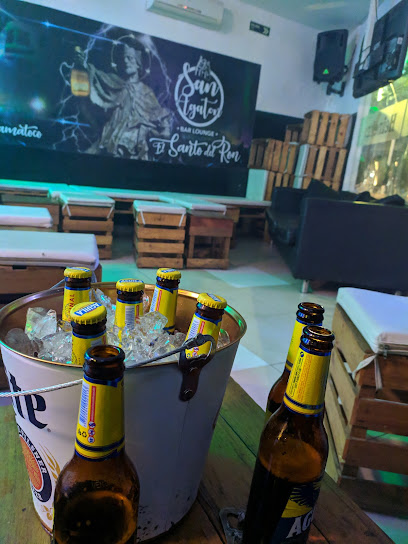
KYOSKOBAR
Experience the vibrant nightlife of Santa Marta at KYOSKOBAR, where delicious cocktails and a lively atmosphere await.
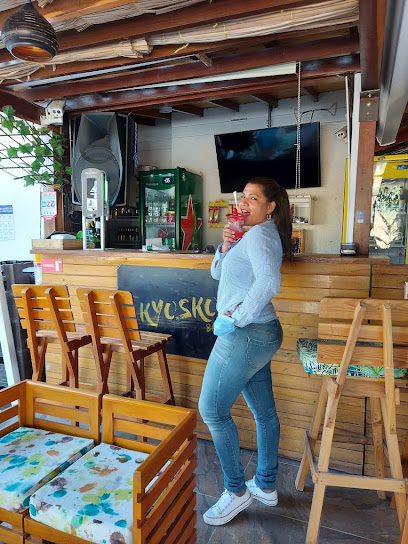
Local Phrases about Ciudad Perdida
-
- HelloHola
[OH-lah] - GoodbyeAdiós
[ah-DYOHSS] - YesSí
[SEE] - NoNo
[NOH] - Please/You're welcomePor favor/De nada
[pohr fah-VOR/deh NAH-dah] - Thank youGracias
[GRAH-syahss] - Excuse me/SorryPerdón/Lo siento
[pehr-DOHN/loh SYEHN-toh] - How are you?¿Cómo estás?
[KOH-moh ehs-TAHS?] - Fine. And you?Bien. ¿Y tú?
[BYEHN. ee too?] - Do you speak English?¿Hablas inglés?
[AH-blahs een-GLEHS?] - I don't understandNo entiendo
[NOH ehn-TYEHN-doh]
- HelloHola
-
- I'd like to see the menu, pleaseMe gustaría ver el menú, por favor
[meh goos-tah-REE-ah behr ehl MEH-noo, por fah-VOR] - I don't eat meatNo como carne
[NOH KOH-moh KAHR-neh] - Cheers!¡Salud!
[sah-LOOD] - I would like to pay, pleaseQuisiera pagar, por favor
[kee-SYE-rah pah-GAHR, por fah-VOR]
- I'd like to see the menu, pleaseMe gustaría ver el menú, por favor
-
- Help!¡Ayuda!
[ah-YOO-dah] - Go away!¡Vete!
[VEH-teh] - Call the Police!¡Llama a la Policía!
[YAH-mah ah lah poh-lee-SEE-ah] - Call a doctor!¡Llama a un médico!
[YAH-mah ah oon MEH-dee-koh] - I'm lostEstoy perdido
[ehs-TOY pehr-DEE-doh] - I'm illEstoy enfermo
[ehs-TOY ehn-FEHR-moh]
- Help!¡Ayuda!
-
- I'd like to buy...Me gustaría comprar...
[meh goos-tah-REE-ah kohm-PRAR] - I'm just lookingSolo estoy mirando
[SO-loh ehs-TOY meeh-RAHN-doh] - How much is it?¿Cuánto cuesta?
[KWAHN-toh KWEHS-tah?] - That's too expensiveEso es demasiado caro
[EH-soh ehs deh-mah-SYA-doh KAH-roh] - Can you lower the price?¿Puedes bajar el precio?
[PWEH-dehs BAH-hahr ehl PREH-syoh?]
- I'd like to buy...Me gustaría comprar...
-
- What time is it?¿Qué hora es?
[keh OH-rah ehs?] - It's one o'clockEs la una
[ehs lah OO-nah] - Half past (10)La mitad (de diez)
[lah mee-TAHD (deh d'yehss)] - MorningMañana
[mah-NYAH-nah] - AfternoonTarde
[TAHR-deh] - EveningNoche
[NOH-cheh] - YesterdayAyer
[ah-YEHR] - TodayHoy
[HOY] - TomorrowMañana
[mah-NYAH-nah] - 1Uno
[OO-noh] - 2Dos
[DOHS] - 3Tres
[TREHS] - 4Cuatro
[KWAH-troh] - 5Cinco
[SEEN-koh] - 6Seis
[SAYSS] - 7Siete
[SYEH-teh] - 8Ocho
[OH-choh] - 9Nueve
[NWEE-veh] - 10Diez
[d'yehss]
- What time is it?¿Qué hora es?
-
- Where's a/the...?¿Dónde está...?
[DOHN-deh ehs-TAH?] - What's the address?¿Cuál es la dirección?
[KWAHL ehs lah dee-rehk-SYOHN?] - Can you show me (on the map)?¿Puedes mostrarme (en el mapa)?
[PWEH-dehs mohs-TRAHR-meh (ehn ehl MAH-pah)?] - When's the next (bus)?¿Cuándo es el próximo (autobús)?
[KWAHN-doh ehs ehl PROH-ksee-moh (ow-toh-BOOS)?] - A ticket (to ....)Un boleto (a ...)
[oon boh-LEH-toh (ah ...)]
- Where's a/the...?¿Dónde está...?
History of Ciudad Perdida
-
In 1972, Ciudad Perdida (Lost City) was uncovered by treasure looters searching for ancient gold and artifacts. The site, also known as Teyuna, was hidden in the Sierra Nevada de Santa Marta mountains and remained unknown to the wider world until the official rediscovery by archaeologists in 1976.
-
Ciudad Perdida was believed to be founded around 800 CE, making it approximately 650 years older than Machu Picchu in Peru. The city was built by the Tayrona people, who are thought to have been influenced by the earlier cultures of the Sierra Nevada region. The city features an intricate network of stone terraces, plazas, and over 170 stone staircases, showcasing advanced engineering and architectural skills.
-
For the Tayrona civilization, Ciudad Perdida served as an important political and economic hub. The Tayrona were known for their advanced agricultural techniques, including terracing and irrigation, which supported a large population. The city was also a spiritual center, with numerous ceremonial sites and structures dedicated to their religious practices.
-
Ciudad Perdida was abandoned in the 16th century, likely due to the Spanish conquest and the resulting disruption to the Tayrona society. For centuries, the city lay hidden beneath the dense jungle, until its modern rediscovery in the 1970s. The site has since become a symbol of Colombia's rich pre-Columbian heritage and a popular destination for adventurous travelers.
-
The rediscovery of Ciudad Perdida has provided valuable insights into the Tayrona civilization and their way of life. Archaeological excavations have uncovered numerous artifacts, including pottery, jewelry, and tools, which have helped researchers understand the social, economic, and cultural aspects of the Tayrona people. The city's advanced infrastructure and urban planning continue to be subjects of academic interest.
-
Today, Ciudad Perdida is a protected archaeological site managed by Colombia's Institute of Anthropology and History (ICANH). Preservation efforts focus on maintaining the structural integrity of the terraces and staircases, as well as protecting the site from looting and environmental damage. The involvement of local indigenous communities, such as the Kogi, Wiwa, and Arhuaco, is crucial in these efforts, as they hold ancestral knowledge and cultural ties to the region.
Ciudad Perdida Essentials
-
Ciudad Perdida, also known as the Lost City, is located in the Sierra Nevada de Santa Marta mountains in Colombia. The nearest major city is Santa Marta, which has an airport (Simón Bolívar International Airport) with flights from major Colombian cities like Bogotá and Medellín. From Santa Marta, you can take a taxi or bus to the village of Mamey, the starting point for the trek to Ciudad Perdida. The trek itself is a multi-day hike that requires a guide and takes about 4 to 6 days, depending on your pace and the weather conditions.
-
Transportation to Ciudad Perdida involves a combination of road travel and hiking. From Santa Marta, you can take a bus or taxi to the village of Mamey. The trek to the Lost City then begins from Mamey, and you will need to hire a licensed guide. The trail is rugged and includes crossing rivers, climbing steep paths, and navigating dense jungle. Mules are available for hire to carry heavy gear, but the trek is physically demanding and requires a good level of fitness.
-
The official currency in Colombia is the Colombian Peso (COP). Credit cards are accepted in major cities and tourist areas, but it's advisable to carry cash, especially when traveling to remote areas like Ciudad Perdida. ATMs are available in Santa Marta, but there are no banking facilities along the trekking route. Make sure to withdraw sufficient cash before starting your trek. Payments for the trek, including guide fees and mule hire, are generally made in cash.
-
While Ciudad Perdida itself is generally safe, there are some precautions to keep in mind. The area is patrolled by the Colombian military, but it's essential to stay with your guide at all times and avoid wandering off the trail. Be cautious in Santa Marta and other urban areas; avoid displaying valuables and be aware of your surroundings, especially in crowded places. Areas like the historical center of Santa Marta and the bus terminal can have higher instances of petty crime.
-
In case of emergency during your trek to Ciudad Perdida, inform your guide immediately. They are trained to handle most situations and can contact emergency services if needed. The nearest medical facilities are in Santa Marta, so it's crucial to carry a basic first aid kit. For serious emergencies, a helicopter evacuation may be necessary. In urban areas, dial 123 for police, fire, and medical emergencies. It's also advisable to have travel insurance that covers trekking and medical evacuation.
-
Fashion: Do wear lightweight, moisture-wicking clothing suitable for hiking, and always carry a rain jacket. Avoid wearing flashy or expensive items. Religion: Do respect the indigenous Kogi and Wiwa communities you may encounter during your trek. Always ask for permission before taking photographs. Public Transport: Do use registered taxis or ride-sharing apps in urban areas. Avoid unmarked taxis. Greetings: Do greet people with a simple 'Hola' and smile. Eating & Drinking: Do try local foods, but avoid drinking tap water. Stick to bottled water and ensure food is freshly cooked.
-
To experience Ciudad Perdida like a local, engage with your guide and the indigenous communities along the way. Learn about their customs and traditions. Visit the local markets in Santa Marta before your trek to buy fresh fruits and local snacks. Start your trek early in the morning to avoid the midday heat and carry a reusable water bottle to stay hydrated. Respect the natural environment by not leaving any trash behind.
Trending Landmarks in Ciudad Perdida
-
Quinta de San Pedro Alejandrino
-
Museo del Oro Tairona - Casa de la Aduana
-
Pozo Azul
-
Expotur - Operador autorizado a Ciudad Perdida
-
Cascada Perdida
-
Ciudad Perdida Teyuna - Lost City Trek
-
Tour guides and scouts, the Tour Operator to Lost City
-
Entrada Ciudad Perdida
-
Ciudad Perdida Magdalena
-
Tour Ciudad Perdida
-
Lost City Trek Colombia
Nearby Cities to Ciudad Perdida
-
Things To Do in Barranquilla
-
Things To Do in Riohacha
-
Things To Do in Cartagena
-
Things To Do in Sincelejo
-
Things To Do in Cúcuta
-
Things To Do in Oranjestad
-
Things To Do in Palm Beach
-
Things To Do in Sero Blanco
-
Things To Do in Tanki Leendert
-
Things To Do in Noord
-
Things To Do in Paradera
-
Things To Do in Pos Chiquito
-
Things To Do in Savaneta
-
Things To Do in Santa Cruz
-
Things To Do in San Nicolas

